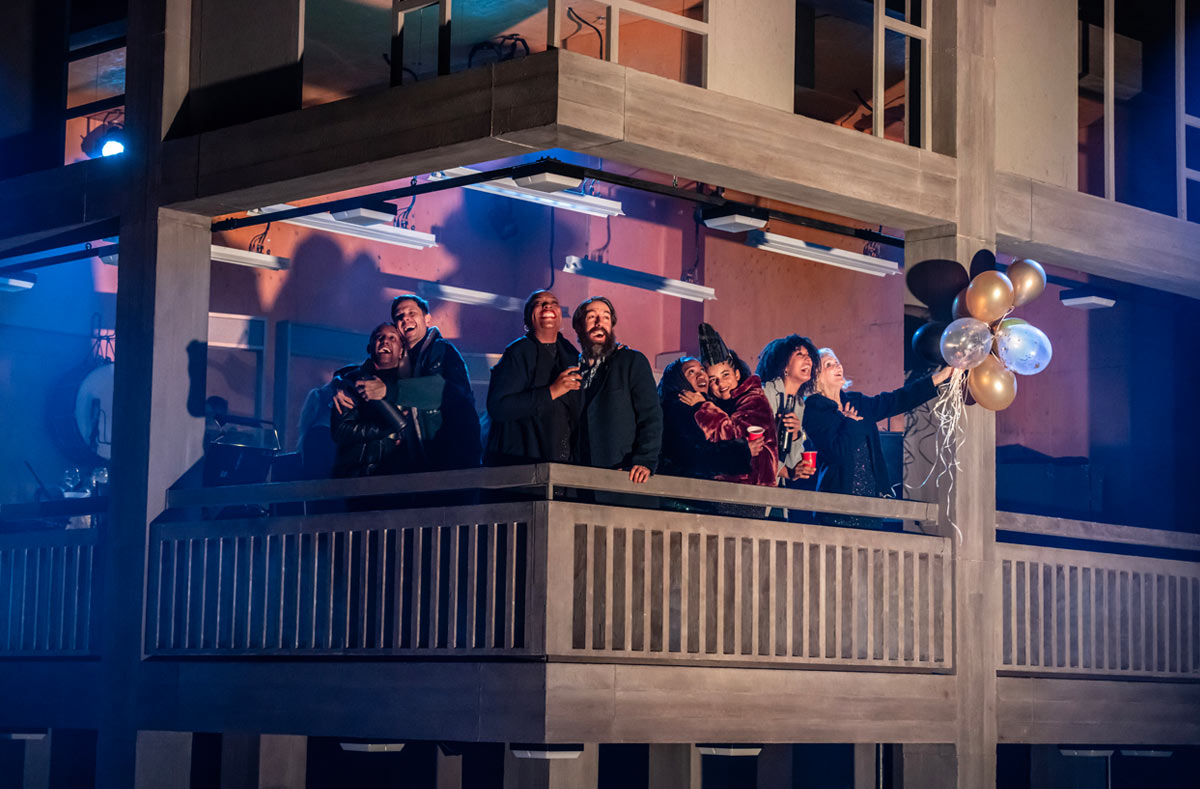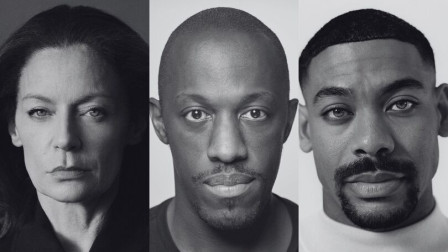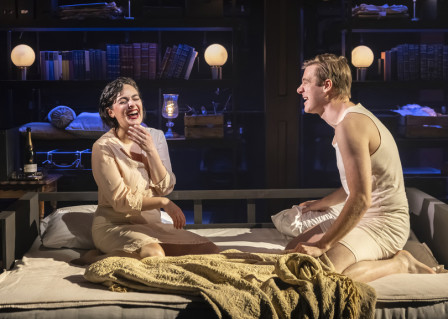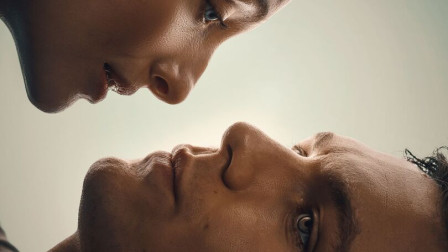Review: STANDING AT THE SKY’S EDGE at Gillian Lynne Theatre
Set on the once notorious Park Hill Housing Estate in Sheffield, this wonderful musical production is the very essence of community spirit, requiring a dynamic creative group effort during its development stages to reach fruition. The result is a show which literally shines bright at every performance.
 Company of Standing at the Sky’s Edge © Johan Persson
Company of Standing at the Sky’s Edge © Johan Persson
STANDING AT THE SKY’S EDGE opened at its new home — the Gillian Lynne Theatre — this week, and unsurprisingly received a truly tumultuous reception. Adding a palpable buzz to press night were celebrities including Jarvis Cocker, Adrian Dunbar, Andrew Lloyd-Webber and Gary Oldman, who’d come to witness the show’s latest iteration following its inception at the Crucible in Sheffield and last year’s transfer to The National.
The production itself is a neatly-woven collection of three interconnected, intergenerational stories, set at a single flat at the Brutalist concrete behemoth which has dominated the Sheffield skyline for generations. Towards the end of the 1960s Harry and Rose (Joel Harper-Jackson and Rachael Wooding) become the first residents, whose disappointment at not conceiving a child in their first years together, is overtaken by the very real fight to save the steel industry and the livelihoods of all who depend on it. Moving onto the early 1990s when the block has begun to fall into disrepair, the next family are immigrants fleeing Liberia’s first civil war. George, Grace and their niece Joy (Baker Mukasa, Sharlene Hector and Elizabeth Ayodele) learn to integrate whilst retaining their identities, with a little help from local resident Jimmy (Samuel Jordan) who not only falls for Joy, but we learn is the son of the first occupants of the flat. Finally, roughly in the present and coinciding with efforts at gentrification of the once dangerous and dilapidated buildings, we have Poppy (Laura Pitt-Pulford) escaping London and a defunct relationship. She is looking for a new start but history keeps turning-up on her doorstep in the form of her ex-partner Nikki (Lauryn Redding). Aside from these, there’s a whole host of characters who come and go, adding texture to the storylines and an eerie sense of time passing.
Creating a gritty, kitchen-sink feel on such a wide expansive stage is no mean feat and the simple backdrop set of concrete facade and pillars (which houses the onstage band over two floors) is kept necessarily simple in Ben Stones’ design, so that the foreground can contain the unchanging living room and kitchen areas. Choreographer Lynne Page has been inventive in having the cast move through the entire space, creating slow and shadowy montages of movement one minute and energised explosions the next. The whole, under Robert Hastie’s direction is a magnificent achievement.
So what of the material itself? Based largely on playwright Chris Bush’s vision, the characters are the real drivers of the narrative rather than the production merely serving as a Northern social commentary on Thatcherism and its continuing negative impact on individuals and communities. This doesn’t stop the writer playfully having a pop at aubergine-eating southerners, or indeed dense regional accents as he brings disconnected and diverse people together. Helped in its authenticity, are the extraordinary songs taken from son-of-Sheffield Richard Hawley’s back catalogue (primarily his guitar-based 2012 album) with considerable input from arranger/orchestrator Tom Deering, whose string-heavy interludes often allude to Rufus Wainwright and the early collaborations between k d lang and Ben Mink.
Prepare to be roused, angered, moved to tears and to ponder reflectively as you head home. This is a show which has everything going for it and richly the deserves the many plaudits which have already been showered upon its previous incarnations.
Latest News

 Cast announced for One Flew Over The Cuckoo's Nest at The Old Vic
20 January 2026 at 14:29
Cast announced for One Flew Over The Cuckoo's Nest at The Old Vic
20 January 2026 at 14:29

 Beautiful Little Fool at Southwark Playhouse Borough - Production images released
20 January 2026 at 14:20
Beautiful Little Fool at Southwark Playhouse Borough - Production images released
20 January 2026 at 14:20

 New musical 'FLYBY' to premiere at Southwark Playhouse
20 January 2026 at 11:00
New musical 'FLYBY' to premiere at Southwark Playhouse
20 January 2026 at 11:00

 Cast announced for new British musical 'Pride'
20 January 2026 at 10:27
Cast announced for new British musical 'Pride'
20 January 2026 at 10:27
